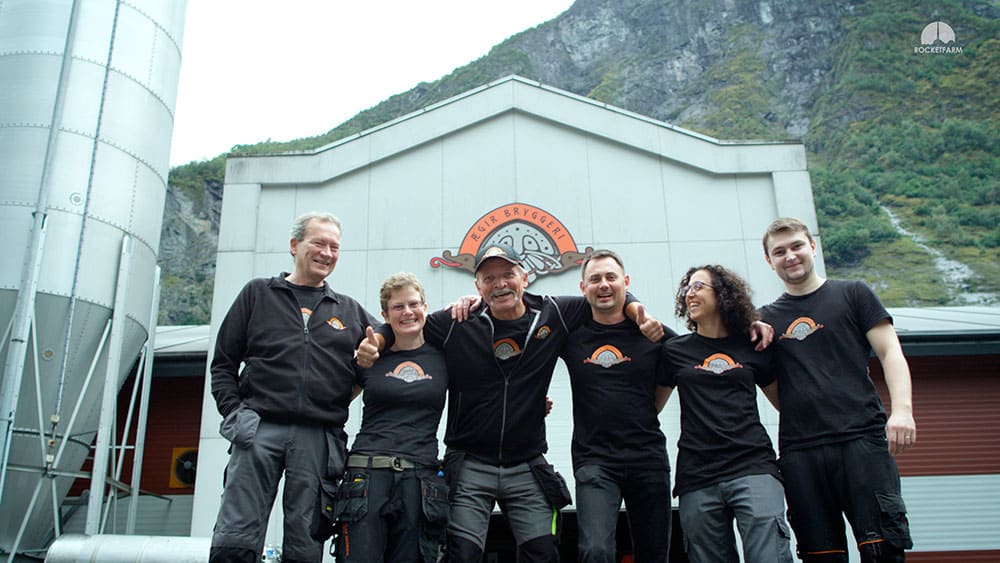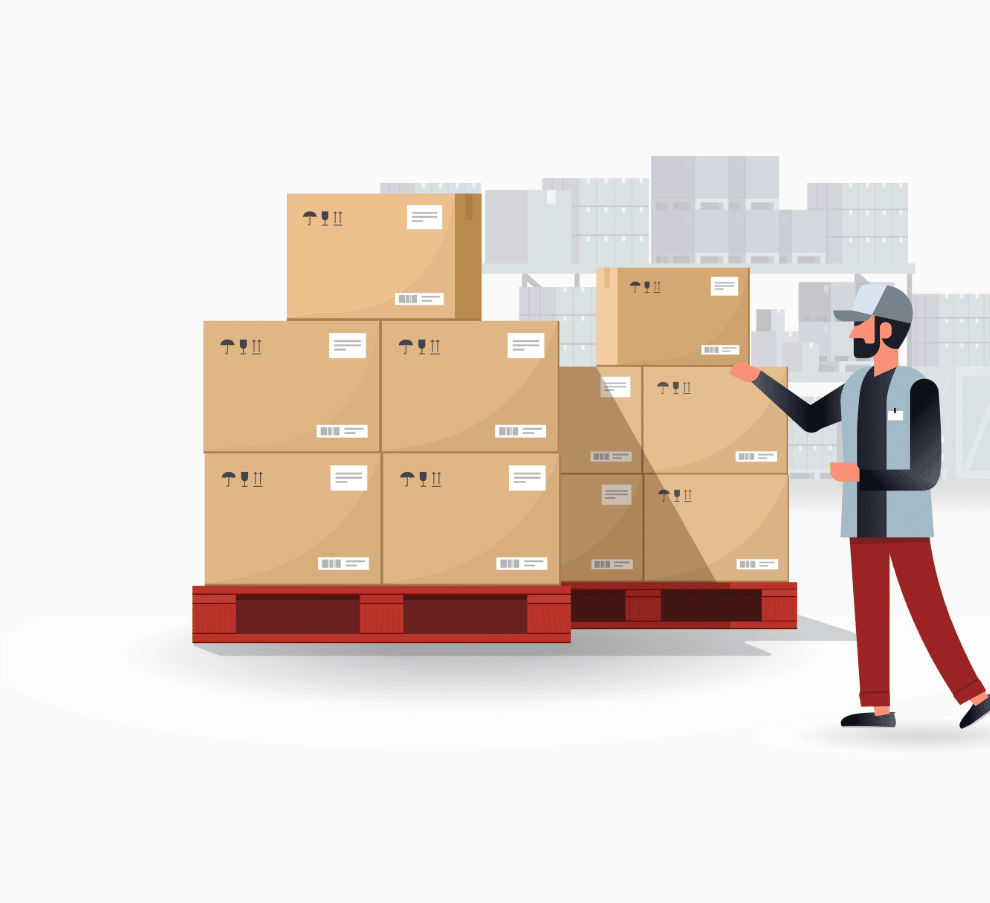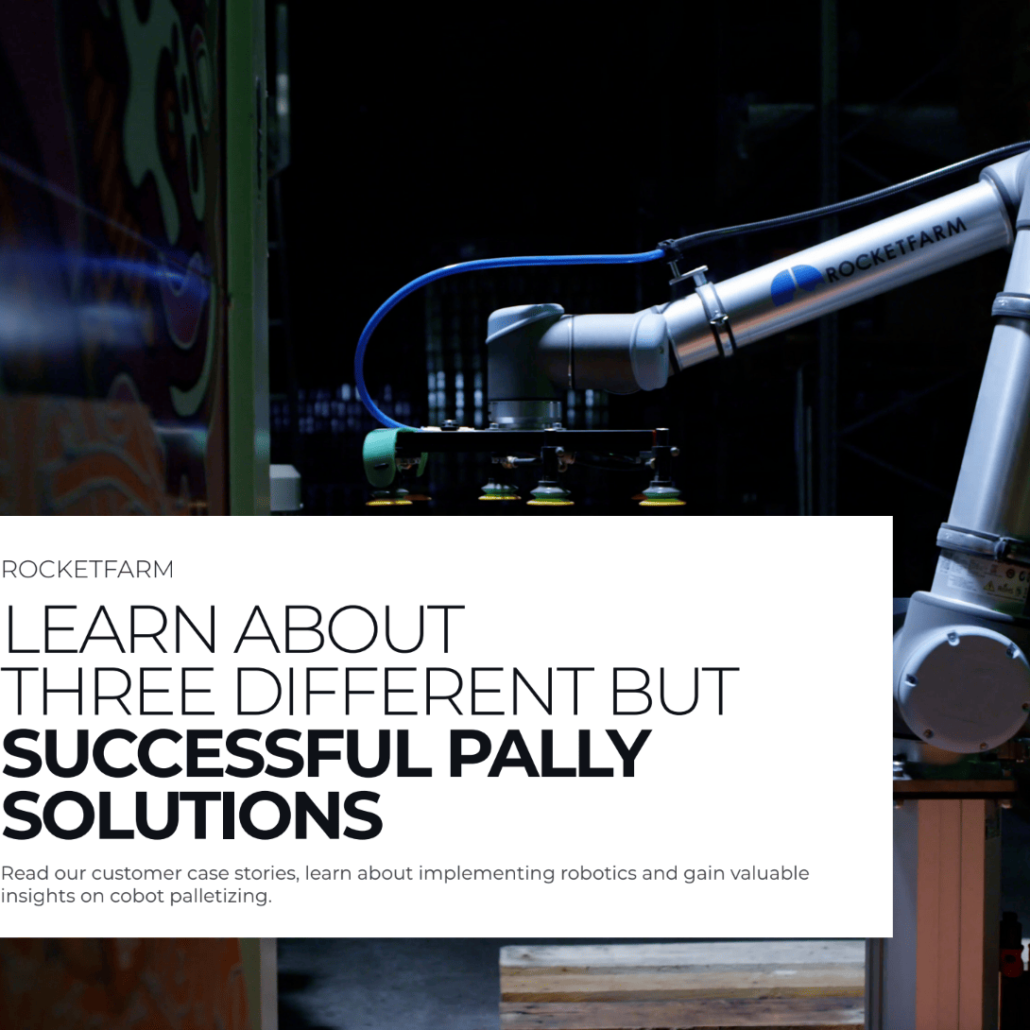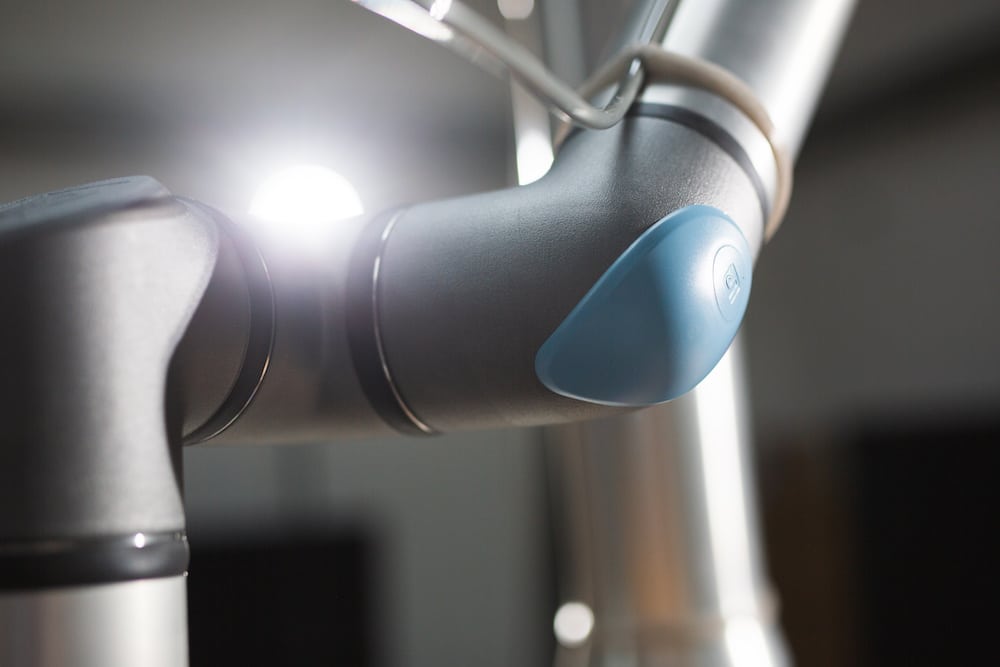5 tips to prepare your employees for Cobot automation
If your company is considering collaborative automation for one or several parts of your production line, but you worry about how your employees will react to the plans or the introduction of robots in the production line. Then this is for you.

What do your employees fear?
The #1 fear of employees in production facilities when talking about automating parts of the production line, is if the robot will steal jobs from themselves or their colleagues. A second fear is if it will be safe to work next to the robots – how is it going to affect the work environment?
Understanding this is very important to prepare your employees for cobot automation, because it makes you aware of which subjects to address when you are communicating to your employees.
Here’s a handful of tips on how to prepare your employees for automation with cobots
5 tips for preparing your employees
1. Involve the employees from the very beginning
Let the employees in on your plans for automating parts of the production line. Be very upfront towards the operators and honest, that you are not trying to replace them. What you are trying to do is to create a safer and better workplace for your operators.
It could also be very valuable to hear what their thoughts on automating the production line are. From their experience, where do they see the bottle-necks and redundancies in the production. Try to include them in the process and listen to their thoughts and doubts. Talk to them clearly about what you see them doing and how the employees fit in the plans of automation.
A good and easy to convey argument is that “Robots should do robot work and people should do people work”.
An analogy we’ve successfully used earlier is that no-one would want to go back to the time before the tractor and do actual field work. Or no parent would want to go back to a time without the washing machine.
Robots are smart, and they make our life easier.

2. Upskill your employees
Use the introduction of a collaborative robot to the production as a great chance to upskill the employees on the production floor to be able to handle the robot and situations that will occur. Upskilling will be appreciated by the employees and with their new skills they are able to do more valuable work than moving boxes from point A to point B, as the cobot palletizer will be doing.
Our experience
For our Cobot Palletizing Solutions staff training usually takes 1 day. After this training they are able to handle all regular problems and re-programming that they will meet in the day-to-day work with the robot.
Be sure to be frank and upfront about the wish that your employees take charge of the robot and learn how to program and handle the robot. They are gonna keep being the brains on the workfloor, but with a collaborative robot, they will get someone to do the dirty work.
Collaborative Robots are marketed as being as easy to use as an Ipad, that might not be completely true, but if someone can use a windows-computer they’ll also be more than skilled enough to operate a cobot.
3. Automation will make the workplace safer and healthier
“So why did I hire a robot? I hired a robot for the same reason I’ve made lots of choices in the business. I don’t want to wear my people out.”
Evan Lewis
CEO at Aegir Brewery

Work on production lines, and especially palletizing, is often perfect for robots. It’s dull, it’s dirty and it’s dangerous. So automating some or all of the repetitive and heavy tasks in a production line will make the everyday work a lot safer and healthier for your employees. There are lot of advantages of cobot automation for the employees.
Listed some of the key advantages below:
- Injury Prevention
- Less repetitive work
- Less straining work
- More challenging work
- New skill-learning
For you as an employer, by implementing automation you are indirectly creating new and more technical roles within the company with better pay, better opportunities and working conditions. This is a major advantage, because that will make it easier to recruit new staff and keep the ones you already have.
(Source: Universal Robots, “The time is now: Three reasons you need collaborative automation – today”)

4. Robots are necessary to keep production in-house
If you are based in a higher-wage country, robots and a more automated production line is usually the only way to keep production in its current location and to keep up with the tough price competition from lower-wage countries.
Investing money in your current production is also a statement to your employees that you want to keep production where it is and therefore also want to stay as an employer to your employees. This is a very valid and strong point that’s worth communicating clearly.
5. Communication, Communication, Communication
It might be a bit in the same manner as several of the earlier tips, but this last tip is to really emphasize the importance of good and timely communication to your employees when you are considering automation for your production line.
By offering clear, early and honest communication to your employees a lot of their fears and insecurities about their job-situation can be avoided. This is KEY to a successful (and popular) implementation of collaborative robots to the production line.
Find palletizing solution
Pally Palletizing Solution
Pally is a palletizing software developed by Rocketfarm. It’s both the most advanced and easy-to-use palletizing software on the market and it allows you to maximize your cobot palletizing investment. Because it allows you to tailor the palletizing solution to your specific production line you can keep expenses low, output high and ROI short. Learn more about Pally Palletizing Solution
Our experience preparing employees for cobot automation
We’ve installed cobot palletizing solutions all over the world and in situations where the management and decision makers have not involved or communicated with the employees, there’s a degree of uncertainty and doubt. What kind of robot is this? Will it steal my job? Is it safe to work next to it? etc.
By incorporating the advice above in your communication and planning we’re sure that you will see more enthusiasm towards the automation process.
And as soon as the robot has been installed and heavy work is being handled by the robot, employee happiness is remarkable.
This day has been a third day for this project. Robot has now started doing the production and it has already saved almost 1000kg of lifting work from the humans. Production operators are smiling.
Juho Liljamo
Machinetool, Finland

Sign up for our newsletter and get a FREE ebook
By signing up for our monthly newsletter, you’ll get case stories, product launches, and tips to automate your production line!
Additionally, you will instantly receive an ebook about implementing palletizing. For more information, please visit our newsletter subscription page.




